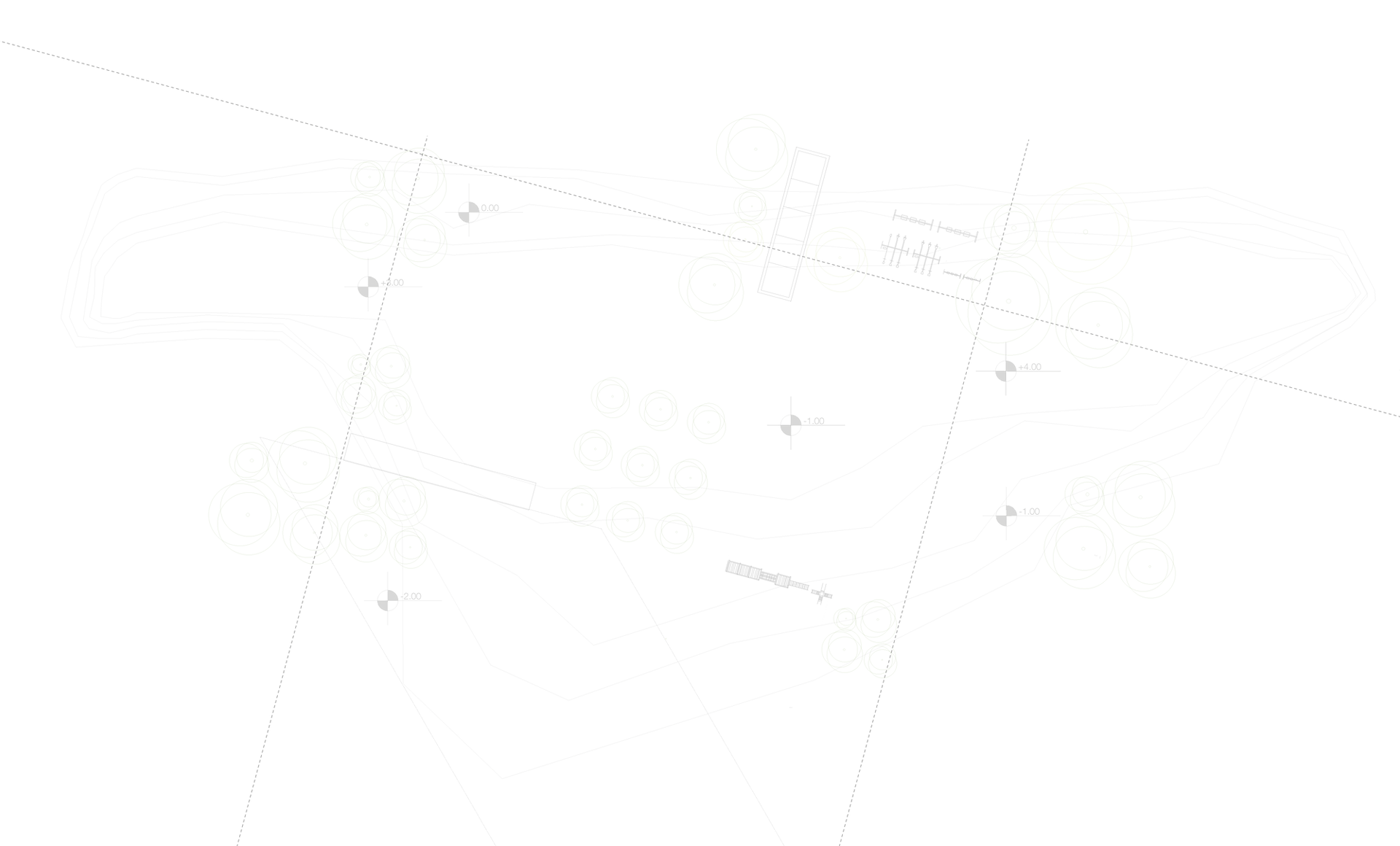
uStructures the sythesis of quantum energy and mass in architecture
"uStructure is the name given, by its inventor Stewart MacPherson, to an entirely new chapter in structural mechanics. These new structures are elastegrity structures (energy rather than tension). There most profound characteristic is their 'stiffnes', which until now had been very difficult to achieve. However with elastegrity (energy) as the mechanism of support stiffness is a complementary feature, aided by the specific configuration of the lattice in batteryHelix.
As we all know, Newtonian Mechanics are the accepted method by which structural engineers measure forces and magnitudes - the assumption that we start with static solids (materials) and calculate the limit-states of a structure by their combined effects. It is the UTS (ultimate tensile strength) or specific tensile strength of a sample of material which is the focus of attention. Institutional thinking insists one must keep a watchful eye on any suspect growth of critical strain, removing it as and when predicted, because that is how instability and deformations are presently appreciated
A timber beam is calculated to have a certain quantifiable mass which the structure is able to support by virtue of the static [limp, dead, lifeless] UTS of wood. The thought of deliberately introducing wayward dynamic forces such as strain energy into the mix, would bring on palpitations in the engineer and leave one open to castigation and ridicule. At the risk of nurturing such a reaction, I ask that the reader suspend his/her disbelieve for the briefest of moments in order to entertain precisely this claim - it is good to introduce stress and strain in a structure...?
Many of you may be aware of the work of Kenneth Snelson and tensegrity. uStructures are similar to this technology, but also different in a number of ways. In tensegrity structures tension and compression elements are conventionally obvious. Obvious in the sense that tension is provided by a wire or tie, elastic in nature, and a strut, compressive in nature. In elastegrity (uStructures) the 'tension' and 'compressive' elements are counter-intuitively provided by the strut only. There is no 'tie' – as in a wire. In fact there is no tie anywhere in the batteryHelix. Rather bizarrely the counter-action of the tie element in uStructures is actually what we would recognize as a strut. Impossible as this may sound by convention, it has not always been apparent that a strut can also have elastic characteristics. That is to say it can induce tension-like behavior in an adjacent strut member. Reciprocal structures show this to be commonly understood.
Tensegrity harnesses the tension of wire and counters this with the judicious placement of compressive elements. None-the-less, these structures fight gravity by the mechanism of Forces (action and Re-action). With elastegrity structures (such as batteryHelix - a uStructure) the mechanism of support is energy, rather than force. If present-day structural mechanics is Newtonian Mechanics, elastegrity is Einsteinian Mechanics - because elastegrity harnesses energy for support, whilst present thinking harnesses forces.
uStructure presents its evocation of elastic strain energy (elastegrity) with the elegant, beauty and simplicity of its ground-breaking interpretation of the lattice-shell barrel-vault. The batteryHelix' method is an entirely unique incarnation of what we boldly postulate as being an entirely novel mechanism for appreciating structural mechanics.
With the discovery of elastegrity the subject of structural mechanics now needs updating, every book on the subject now requires re-writing, to reflect these changes. However we are not to bemoan this, but should rejoice in the uncovering of the magic that energy can provide - we have at last conquered 'stiffness', we can now allow our imaginations to soar. Good luck everyone...
It's magic is in the juxtaposition of energy (which has no mass) and matter, which is mass."
Stewart MacPherson 08/08/14

